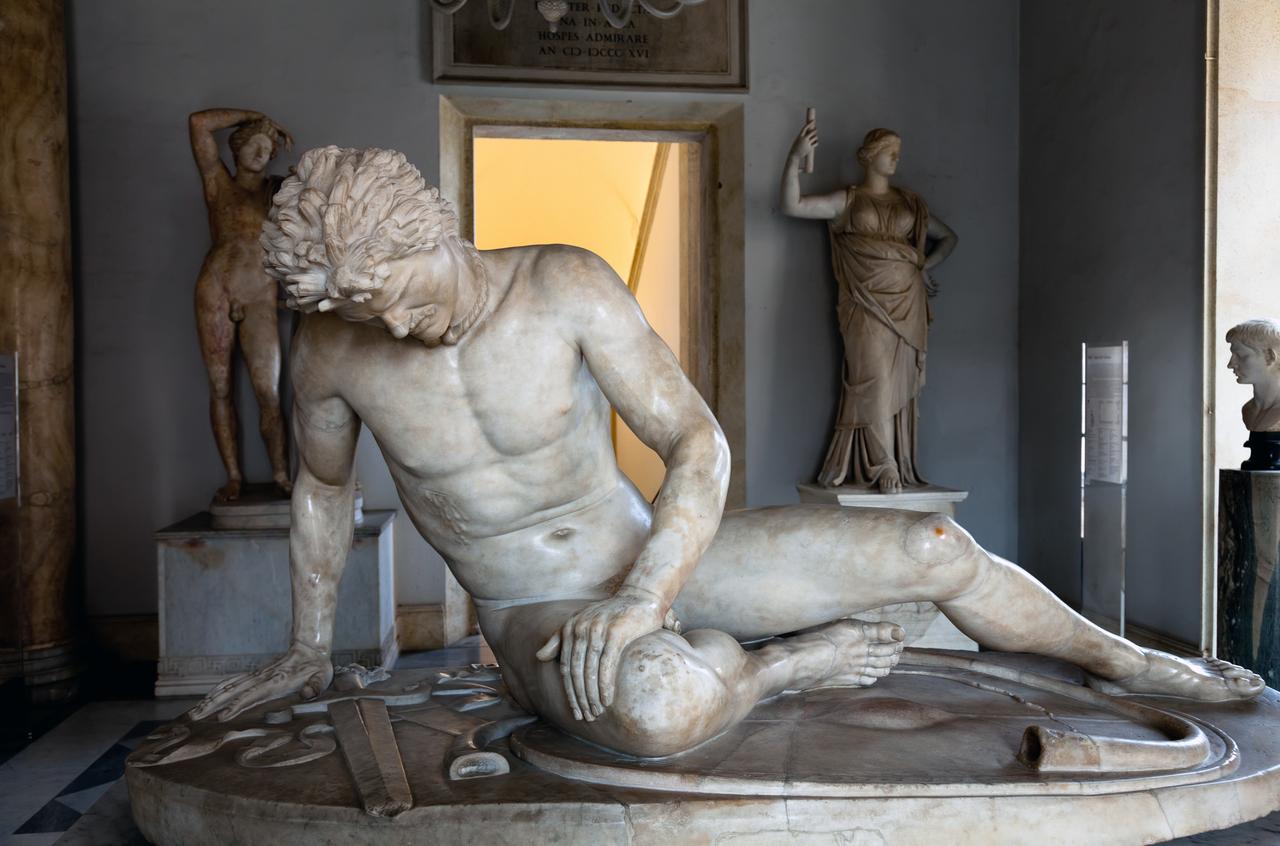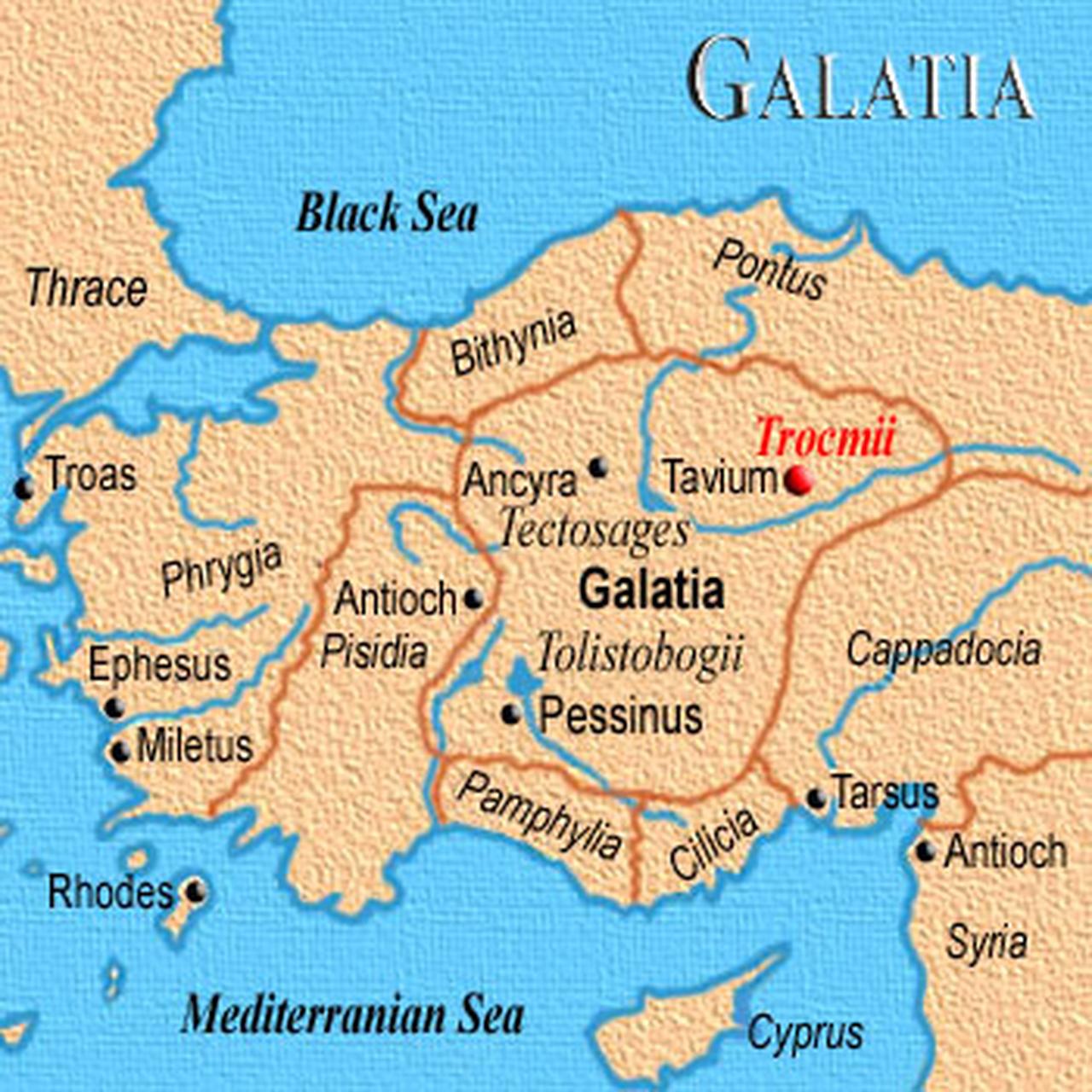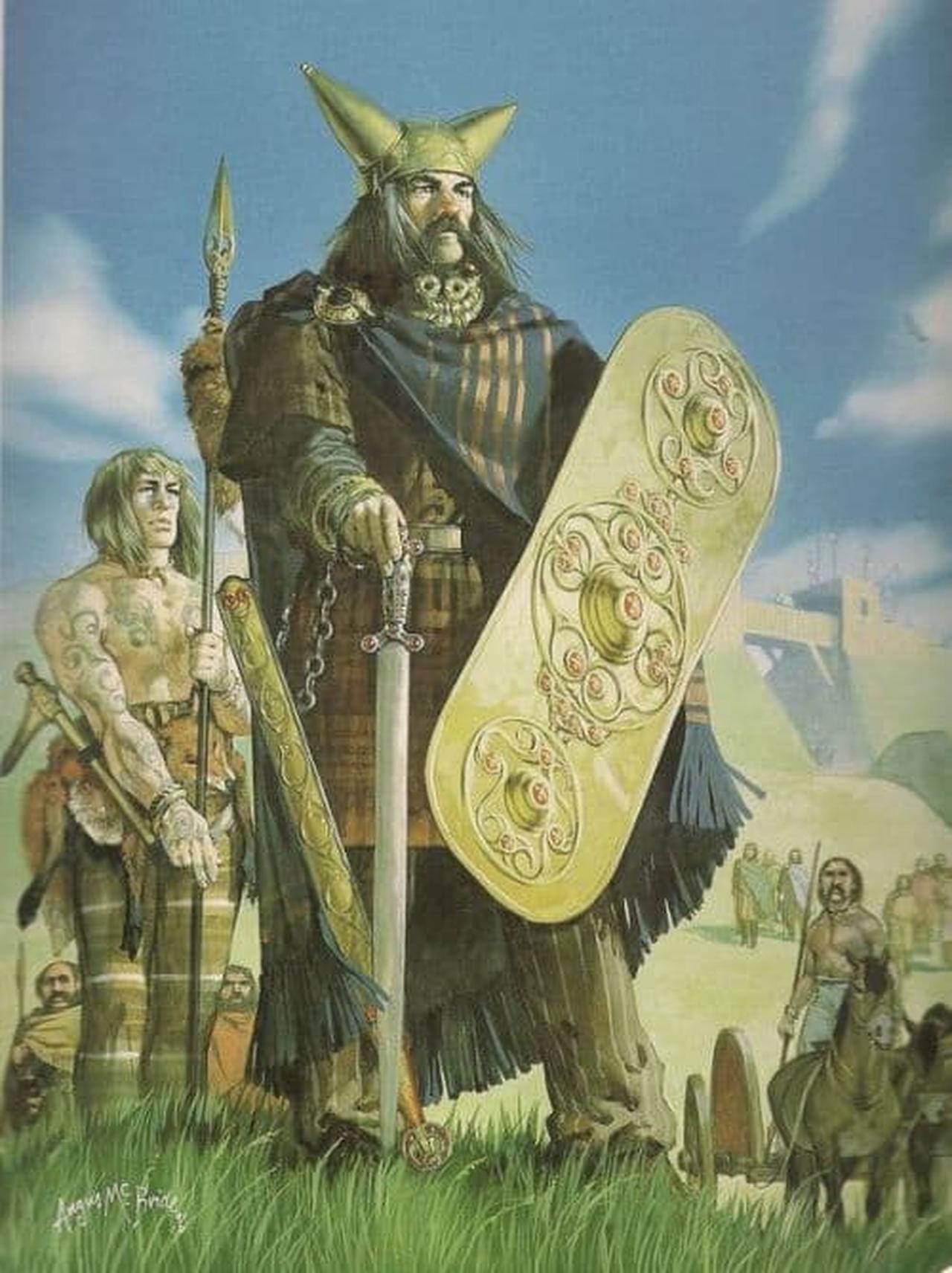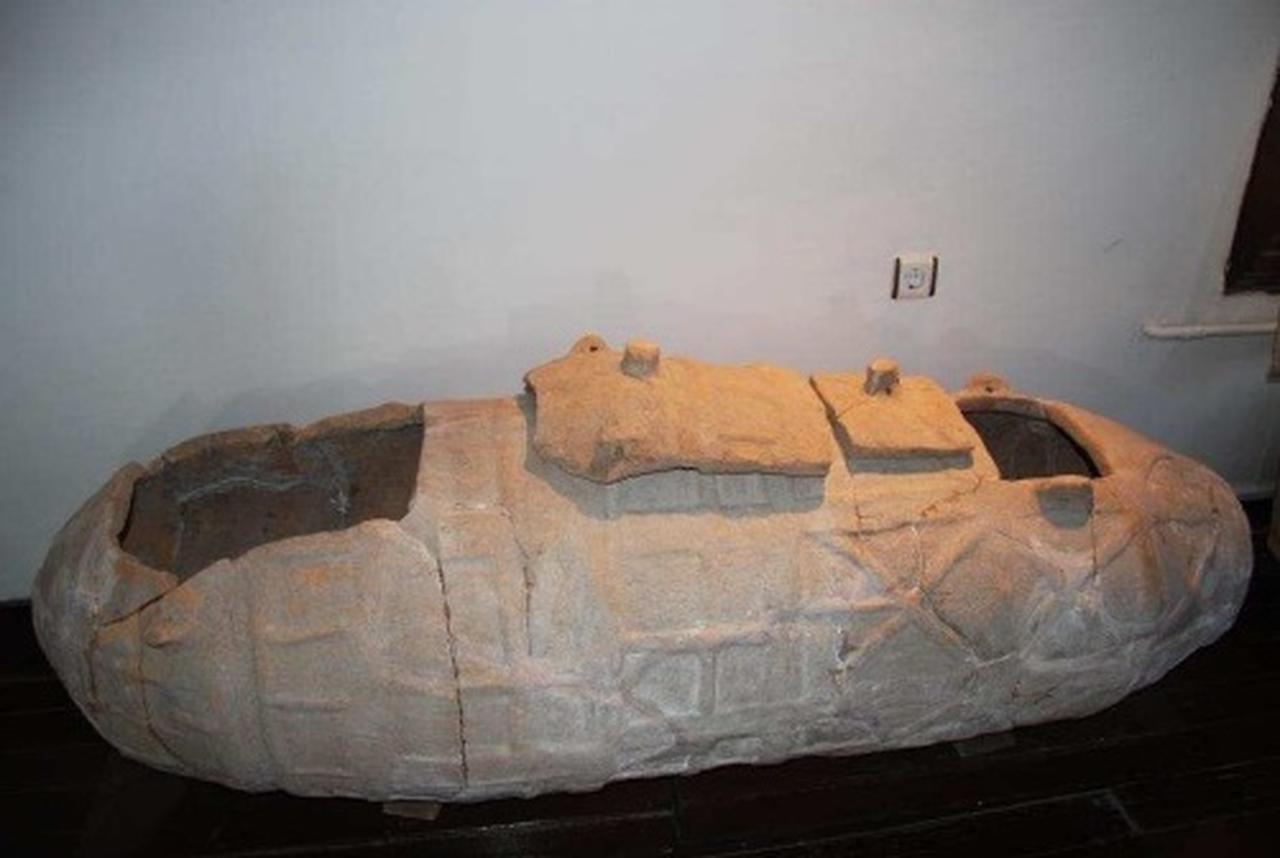
Long before the Ottomans or even the Romans dominated the highlands of central Anatolia, a fierce and enigmatic group of warriors known as the Galatians made this region their home. These Celtic tribes, originally from the dense forests of central Europe, carved out a powerful kingdom in the heart of modern-day Türkiye, leaving behind a legacy that still echoes through the landscape today.
Around 278 BCE, these Galatian warriors crossed into Anatolia, lured by promises of wealth and adventure. Invited by Nicomedes I of Bithynia as mercenaries in his struggles against rivals, the Celts quickly established themselves in the central highlands, forming a kingdom that stretched from the rolling plains near present-day Ankara to the ancient city of Ancyra (modern Ankara).

Divided into three main tribes—the Tectosages, the Tolistobogii and the Trocmi. The Galatians brought with them a distinctive culture and a fierce warrior tradition. Unlike the disciplined legions of Rome, the Galatians fought as wild, chaotic warriors, often charging into battle shirtless, their bodies painted in bright colors and their long, unkempt hair adding to their fearsome appearance. Roman historians like Livy and Polybius described them as towering figures with a terrifying war cry that echoed across the plains.
The Galatians quickly made their presence felt in Anatolia. They conducted devastating raids on their neighbors, such as the wealthy Greek cities of the Ionian coast, spreading fear and chaos. At the height of their power, they controlled a significant portion of central Anatolia and their influence even reached as far as the Aegean coast. The Greek city of Ephesus was reportedly forced to pay them a hefty annual tribute to avoid destruction.

However, their rapid expansion soon brought them into conflict with the more organized and powerful Hellenistic kingdoms of the region. They clashed with the armies of the Seleucid Empire and the Kingdom of Pergamon, testing their mettle against some of the most disciplined armies of the ancient world. Despite their ferocity, the Galatians struggled to maintain a stable political structure, relying instead on loose tribal alliances that often broke down under pressure.
The Galatians primarily settled in the highlands of central Anatolia, establishing fortified hilltop settlements known as oppida. Their capital, Ancyra, served as a central hub of their power. Other significant settlements included Tavium (near modern-day Yozgat) and Pessinus (near modern-day Eskişehir), which likely served as both religious and administrative centers.
Archaeological discoveries continue to reveal the enduring presence of Galatian culture in central Türkiye. Excavations at ancient Galatian sites like Ancyra, Tavium and Pessinus have unearthed a range of artifacts that paint a vivid picture of their way of life. These include iron swords, long spears and heavy shields that reflect their warrior traditions, as well as intricately designed jewelry and bronze helmets that echo their European origins.

Among the most striking finds are large stone heads, possibly used in religious ceremonies or as tribal symbols, similar to those discovered at Celtic sites in Europe. These stone carvings, with their stern, weathered faces, may have been intended to capture the fierce spirit of the Galatian warriors or perhaps even to represent tribal chieftains or revered ancestors.
Their dominance came to an abrupt end when they faced Rome. In 189 BCE, the Roman general Gnaeus Manlius Vulso defeated the Galatians in a series of brutal battles, curbing their influence and forcing them into a client relationship with the rapidly expanding Roman Republic. This marked the beginning of the end for their independence but not their cultural influence.
In 25 BCE, the region was formally annexed as the Roman province of Galatia under Emperor Augustus. Despite their subjugation, the Galatians retained a degree of autonomy and continued to serve as mercenaries in the Roman army, their fierce reputation as warriors still respected by their conquerors.